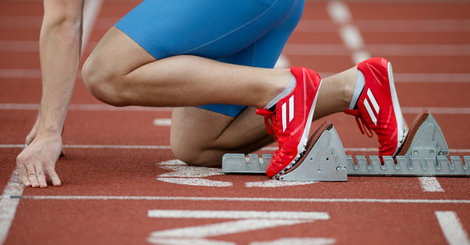
According to the National Institutes of Health, about 1 in 3 adults in the U.S. suffers from high blood pressure (hypertension). High blood pressure has no signs or symptoms, but is your body’s quiet little alarm bell, warning you that you may be headed for coronary heart disease, stroke, heart failure, or kidney failure. So, if that bell rings, doctors take notice, and one of the first recommendations they make for lowering your blood pressure is diet and exercise.
What You Need to Know
If you have high blood pressure—a systolic number of 140 or higher or a diastolic number of 90 or higher—your physician might advise you to change your diet. The DASH (Dietary Approaches to Stop Hypertension) diet cuts down your salt intake and includes heart-healthy foods. You might also be prescribed a medication from different drug classes that may remove excess fluid or salt from your body, slow your heartbeat or widen your blood vessels. And, again, your doctor will almost always tell you that one of the key ways to lower your blood pressure is to exercise. Before you start running every day or lifting really heavy weights, know that for people with high blood pressure, not all exercise is equal.
Weights v. Cardio: Which Helps What
Walk into any gym and you’ll see several kinds of exercise happening at once — weight lifting, which is a dynamic resistance exercise that uses force to contract their muscles; aerobic exercise that elevates your heart rate for a sustained period of time; and isometric exertion that uses sustained muscle contraction against an unmovable force or object. If you exercise regularly, you may even incorporate each of these into your fitness routine. But which is best for lowering your blood pressure?
A few years ago, the American Heart Association (AHA) pored through more than 100 studies on exercise and blood pressure and concluded that all forms of exercise help lower blood pressure to some degree. It’s important to talk to your doctor before you decide on an exercise regimen, though. If you have very high blood pressure, for example, weight lifting can be dangerous. Lifting weights can temporarily raise your blood pressure — especially when the weights are heavy and you’re holding your breath as you lift them. So don’t forget to breathe, let your muscles relax between sets and opt for more reps with lighter weights.
Although all activity helps, the AHA found 30 minutes of moderate- to high-intensity aerobic exercise each day led to a more significant decrease in blood pressure than weight lifting, especially for hypertensive males. In addition to strengthening your heart, aerobic exercises like jogging and cycling lead to weight loss, another factor in lowering your blood pressure.
The AHA’s analysis made one, more obscure, final note: From the available studies, it appears the most effective physical activity for lowering blood pressure may be isometric handgrip training. What does that mean? Here are two tools and exercises for isometric handgrips:
- Ball Squeeze: Grab a small rubber ball the size of a tennis ball. Hold the ball for 60-90 seconds per hand, switching hands between sets. Do three sets.
- Athletic Gripper Hold: These can be found at athletic stores and come in a variety of resistances. Squeeze the gripper for 2 minutes per hand, and repeat 2-3 times.

Moral of the story? If you have hypertension, put down those dumbbells and lace up your running shoes, then squeeze a handgrip during cool down. Your heart will thank you.
